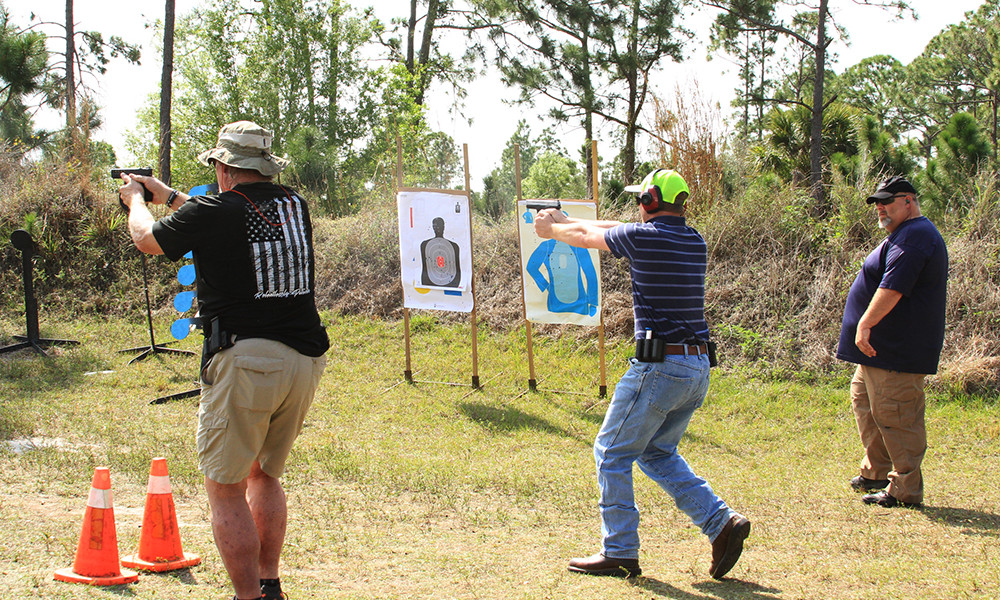How Bodyguard Training Prepares You for High-Risk Situations

Preparation is the foundation of responding effectively when sudden threats emerge. Training builds both confidence and operational abilities that allow swift judgment under uncertain pressure. By focusing on critical awareness, protective skills, and practical readiness, those enrolled in Executive protection courses learn structured methods to react quickly and responsibly. Consistent routines strengthen decision-making while tactical scenarios encourage adaptability. Participants practice analyzing conditions, predicting possible risks, and securing stability during unexpected circumstances, making sure they respond with clarity while reducing pressure during confrontation and maintaining composure in demanding conditions where immediate control is essential.
Mental Preparation For Sudden Threats
Preparedness involves staying calm under stress. Controlled thinking allows quick judgment. Anticipating reactions reduces errors. Confidence builds during simulations. Effective strategies learned through practice make handling emergencies easier and safer with steady, clear decisions.
Essential Communication And Coordination
- Communication ensures proper response steps during pressured interactions requiring fast, decisive messaging.
- Structured coordination builds collective responsibility, avoiding misjudgments during tense and unclear confrontational scenarios.
- Messaging techniques maintain confidence within teams while tasks remain aligned to important outcomes.
- Practical communication knowledge ensures readiness under complicated engagements, resulting in disciplined response training.
Defensive Skills For Protection Readiness
Training reinforces protective techniques. Applied skills include restraint, positioning, and safe disengagement. Responses during sudden pressure are sharpened. Prepared individuals gain assurance in handling unwanted conflict and eliminating threats effectively without unnecessary complications.
Tactical Equipment Handling Practices
- Equipment knowledge ensures disciplined application, reducing errors during difficult threats requiring composed judgment.
- Skill development using controlled settings forms strong accuracy for controlled pressure interactions.
- Familiarity breeds confidence, enabling adapted use under time-sensitive conditions.
- Tools training strengthens safety awareness, improving overall capacity gently yet efficiently.
Adaptability Under Pressure Situations
Adaptability means adjusting responses appropriately. Training provides practice in flexible approaches. Uncertain threats are managed quickly. Adjusting to sudden changes ensures constant control. Those trained react responsibly without losing control when conditions escalate suddenly.
Practical training builds assurance while ensuring preparedness for unpredictable confrontations. Skills learned through controlled exercises strengthen control during sudden tension. Learners of Executive protection courses gain composure, adaptability, and readiness through their practices. When dealing with unexpected complexity, it is skills that provide resolution. Confidence grows as judgment remains steady.
FAQs
1. What is the main purpose of such training?
The purpose is to prepare individuals to make rapid decisions and handle dangerous conditions safely.
2. How important are scenario practices during instruction?
Scenario sessions are essential in building confidence, sharpening reactions, and preparing individuals for sudden stress responses.
3. Does equipment training add significant advantages?
Yes, proper knowledge ensures correct usage, reduces risks, and helps maintain composure during critical defensive interactions.

